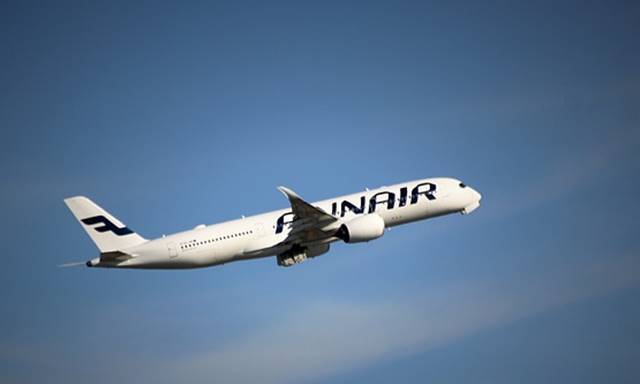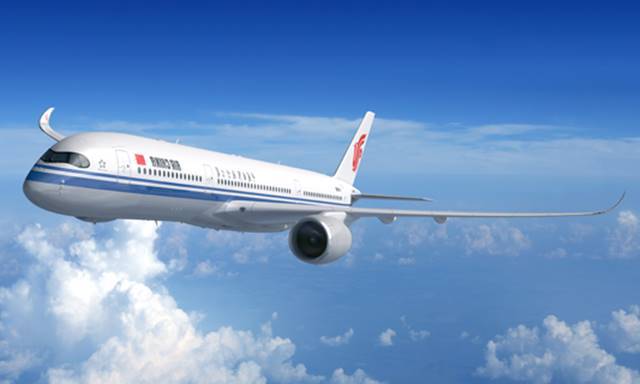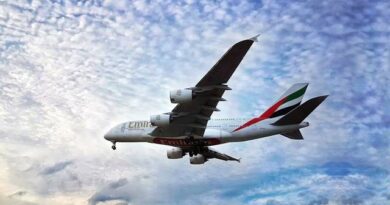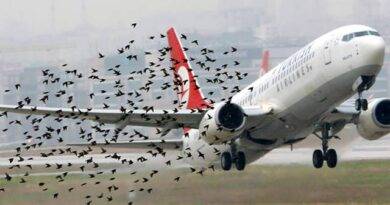Flexible Use of Airspace – FUA: Enhancing Efficiency and Safety in Aviation
Flexible Use of Airspace: Enhancing Efficiency and Safety in Aviation
The airspace is a crucial component of the aviation industry, providing a pathway for the movement of aircraft from one location to another or working areas for aircraft for some purposes. However, with the increasing demand for air travel, the traditional airspace management system is facing numerous challenges, including congestion, delays, and safety concerns. As such, the need for flexible use of airspace has become a priority for aviation stakeholders. This article explores the concept of flexible use of airspace, its benefits, and how it can improve the aviation industry’s efficiency and safety.
What is Flexible Use of Airspace?
Flexible use of airspace refers to the adoption of dynamic and innovative approaches to airspace management. It involves the allocation of airspace resources based on current demand, weather conditions, and other factors that may affect air traffic. Instead of having fixed routes, working areas and altitudes, the flexible use of airspace allows for the optimization of airspace utilization, providing ATM and pilots with more options and flexibility in their flight paths.

Benefits of Flexible Use of Airspace
Improved Efficiency: By allowing aircraft to fly more direct routes, the FUA can significantly reduce flight times, fuel consumption, and carbon emissions. Or, allowing the use of an airspace designated as a military working area due to military operations for civilian flights when there is no military operation. These applications enhances the capacity of the airspace, reducing congestion and delays, thereby improving on-time performance.
Enhanced Safety: It provides pilots with more options to navigate around adverse weather conditions or unforeseen circumstances, enhancing safety in the skies. It also promotes the use of advanced technologies such as Automatic Dependent Surveillance-Broadcast (ADS-B) and Collaborative Decision Making (CDM), which improve situational awareness and decision-making.
Cost Savings: The adoption of FUA can result in significant cost savings for airlines and passengers. The reduced flight times and fuel consumption translate to lower operational costs, which can be passed on to passengers in the form of lower ticket prices.
Civil – Military FUA scenario
- Dynamic Airspace Allocation: Instead of fixed boundaries, the airspace is considered a “continuum” and dynamically allocated based on real-time needs. On days with fewer commercial flights, more military exercises might be permitted in the area, maximizing available capacity. Conversely, on busy air travel days, military activities could be adjusted or shifted to minimize disruptions.
- Collaborative Planning: Civil and military authorities work together to create a daily “Airspace Use Plan” that balances everyone’s needs. This involves open communication, joint air traffic control procedures, and consideration of factors like noise restrictions, flight paths, and environmental concerns.
Challenges and Solutions
The implementation of the FUA requires collaboration among aviation stakeholders, including airlines, air traffic control service providers, and regulatory authorities. Some of the challenges that may hinder the adoption of flexible airspace use include:
- Lack of standardization: Different regions may have different approaches to airspace management, hindering the implementation of a uniform flexible airspace use system.
- Technology barriers: Some airlines may lack the necessary technology to implement flexible airspace use, such as ADS-B and CDM systems.
- Airspace sovereignty: Countries may be reluctant to open up their airspace to other countries’ airlines due to sovereignty concerns.
To address these challenges, stakeholders must work together to develop standardized approaches to airspace management, provide necessary technological infrastructure, and promote collaboration among countries in the use of airspace.
Conclusion
The flexible use of airspace is an innovative approach that can significantly enhance efficiency and safety in the aviation industry. Its adoption requires collaboration among stakeholders and the development of standardized approaches to airspace management. The benefits of flexible airspace use include improved efficiency, enhanced safety, and cost savings for airlines and passengers. As such, the implementation of flexible airspace use should be a priority for aviation stakeholders to ensure the industry’s sustainable growth and development.
References.
- International Air Transport Association (IATA). (2018). Air Traffic Management: The Challenges and Opportunities of Digitization. Retrieved from https://www.iata.org/contentassets/3c67d19a6c154e6ca57e6ce501f3a181/air-traffic-management-digitization-report-2018.pdf
- Eurocontrol. (2021). Retrieved from https://www.eurocontrol.int/articles/flexible-use-airspace
- International Civil Aviation Organization (ICAO). (2019). Global Air Navigation Plan for CNS/ATM Systems. Retrieved from https://www.icao.int/sustainability/Documents/11_Global_Air_Navigation_Plan_for_CNSATM_Systems.pdf
- Federal Aviation Administration (FAA). (2020). Collaborative Decision Making (CDM). Retrieved from https://www.faa.gov/air_traffic/publications/atpubs/atc_html/chap3_section_18.html
- Civil Aviation Authority of New Zealand. (2019). Airspace Management. Retrieved from https://www.caa.govt.nz/airspaces/airspace-management/
- International Air Transport Association (IATA). (2021). ADS-B Out. Retrieved from https://www.iata.org/contentassets/8e39b3c3ed3b438d88b0c8b89f66bb94/ads-b-out.pdf
- Federal Aviation Administration (FAA). (2019). NextGen: Data Communications (Data Comm). Retrieved from https://www.faa.gov/nextgen/programs/datacomm/



